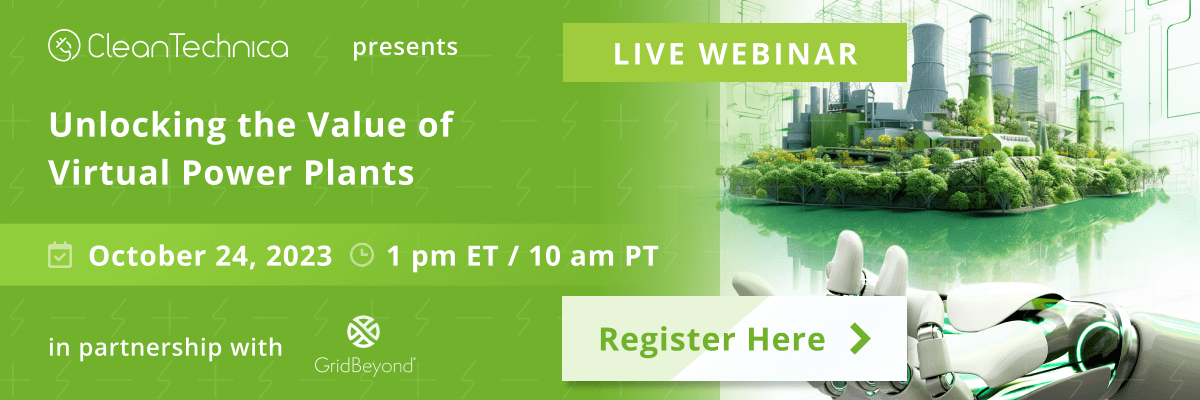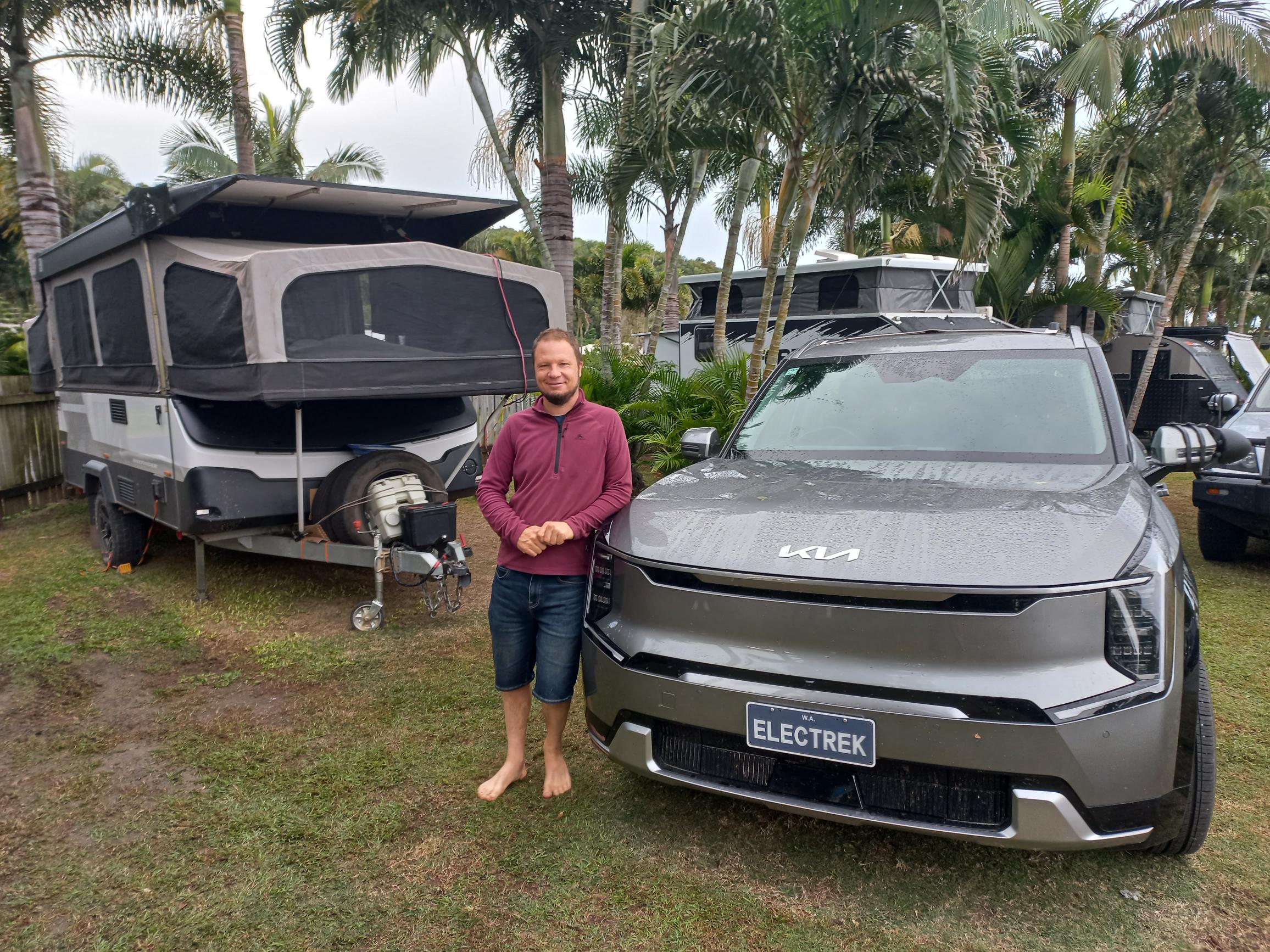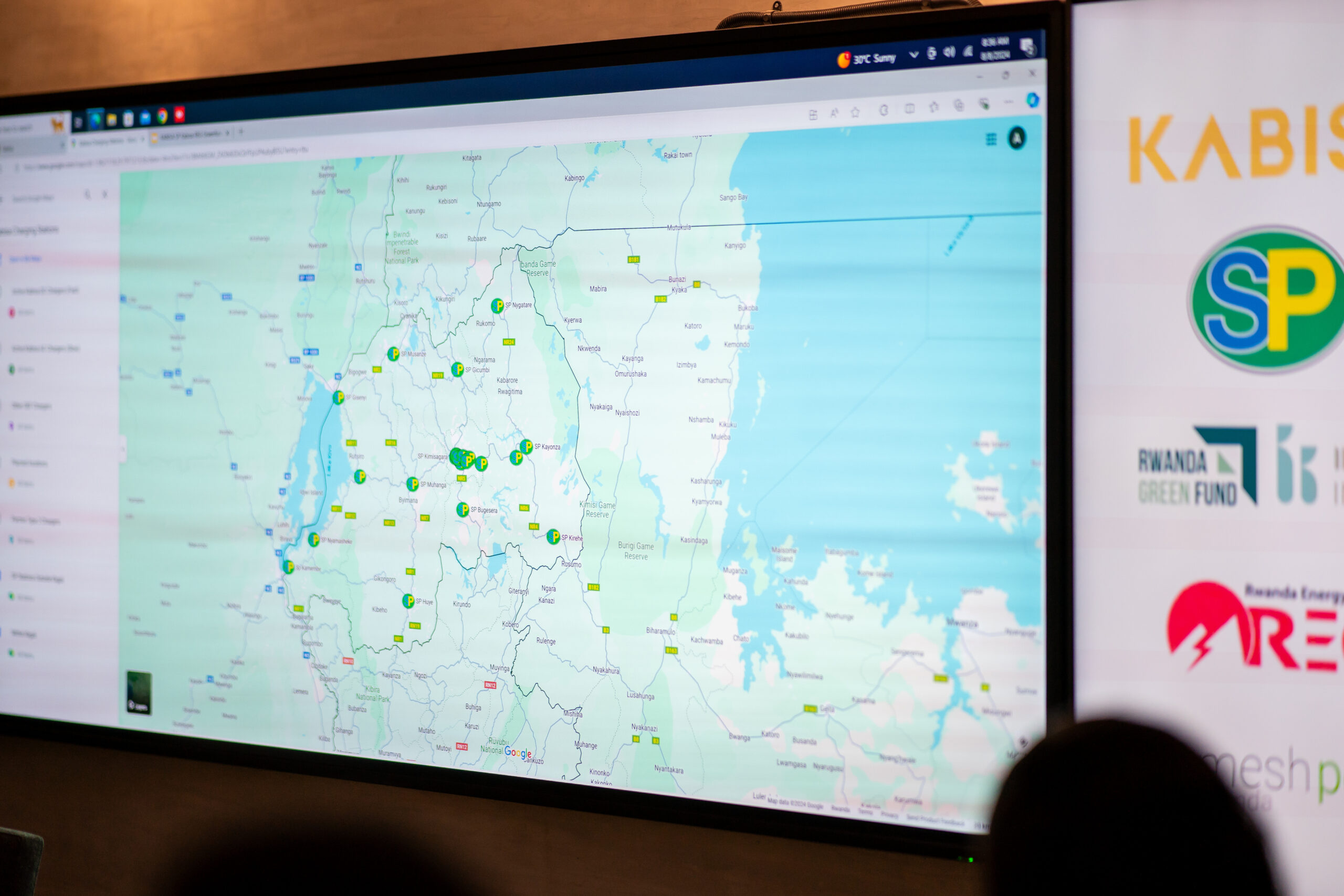Sign up for daily news updates from CleanTechnica on email. Or follow us on Google News!
Almost two years ago, Dan Reicher of the Woods Institute For The Environment at Stanford University had an idea. He noticed that opposition to solar installations was increasing and resulting in lots of angry public meetings and lawsuits. The upshot was that new solar projects were being delayed or cancelled altogether. Reicher came up with an idea for a Solar Uncommon Dialogue and shared it with the Nature Conservancy and the Solar Energy Industries Association. SEIA is the largest solar industry trade group in America.
Together, they opened discussions with several groups and associations to see if there might be a way to cool some of the passions of those opposed to solar development so those projects could move forward. On October 12, 2023, the SEIA announced an historic agreement had been reached between major solar developers, conservation groups, agricultural organizations, environmental and environmental justice groups, and tribal entities.
Here are the parties to the agreement:
- American Farmland Trust
- Appalachian Voices
- Association of Fish and Wildlife Agencies
- Climate Adaptive Infrastructure
- EDP Renewables
- energyRe
- Intersect Power
- Invenergy
- Land Trust Alliance
- Lightsource bp
- National Audubon Society
- National Wildlife Refuge Association
- Natural Resources Defense Council
- North American Indian Center of Boston
- Pine Gate Renewables
- Solar Energy Industries Association
- The Lyme Timber Company
- The Nature Conservancy
- Theodore Roosevelt Conservation Partnership
- Union of Concerned Scientists
- WE ACT for Environmental Justice
Solar Plus Land Conservation
The agreement will advance large scale US solar development while promoting land conservation and supporting local community interests. It marks a major turning point in resolving conflicts over developing major US solar projects and related conservation and community concerns.
Over the next 10 years, US solar energy output is expected to increase five-fold, helping to address climate change and bring clean and affordable energy to more communities. The rapid increase in utility scale solar also means that the industry must address various issues, including agricultural land conversion, wildlife and habitat impacts, and community engagement.
The Solar Uncommon Dialogue agreement stresses that the development of large solar projects must be transparent, equitable and efficient and acknowledges that this will require many trade-offs. The signatories to the Solar Uncommon Dialogue agreement have committed to improving large-scale solar development based on the “3Cs” — climate, conservation, and community.
Solar & Best Practices
The signatories are convening six working groups that will address key issues and opportunities including community engagement, siting related risk assessment and decision-making, energy and agricultural technologies, tribal relations, and policy solutions. These working groups will focus on advancing the 3Cs via improved public participation practices, solar siting mechanisms, regulation, financial incentives, information tools, and other means. The goal is to create best practices that solar companies, local governments, and other stakeholders can use to effectively site solar projects.
“Major U.S. solar projects are critical to fighting climate change but are increasingly opposed across the nation due to significant community and land conservation concerns,” said Dan Reicher. “It’s exciting how motivated the parties are to avoid these conflicts and develop high impact solutions — a triple play for climate, conservation, and community.” Reicher formerly served as the Assistant Secretary for Energy Efficiency and Renewable Energy. He told the New York Times, “These battles breaking out all over the country are not good for parties on any side. The good news is that they have decided to lay down their swords and try something new.”
As the solar and storage industry grows, it’s critical that we prioritize local engagement,” said Abigail Ross Hopper, president and CEO of the Solar Energy Industries Association. “We are thrilled to join our partners in this landmark agreement to help us quickly, responsibly, and equitably deploy solar and storage projects. We’re confident that by thoughtfully addressing stakeholder concerns from the start, we’ll be able to deliver the equitable clean energy future we need to see.”
The solar dialogue and agreement have already spawned a new Uncommon Dialogue to address challenges facing U.S. electricity transmission development for solar, wind and other new clean energy projects.
“We’re committed to accelerating the renewable energy build out and have to go smart to go fast,” said Jen Morris, CEO of The Nature Conservancy. “Bringing environmental groups to the table ensures that we strike the right balance, delivering clean energy solutions while safeguarding our precious natural resources and communities.”
The Solar Footprint
The solar industry’s sprawling projects have generated concerns about about aesthetics, harm to property values, loss of arable land and threats to wildlife habitats, among others.”As the solar and storage industry grows, it’s critical that we prioritize local engagement,” SEIA President Abigail Ross Hopper said in a statement.
While the agreement includes representatives from various groups that have opposed solar projects, it does not include the fossil fuel industry or conservatives who have sought to slow or stop the use of renewable energy. It is also not clear how much sway the agreement will have on local groups that oppose projects in their communities.
Still, Hopper said the agreement would help developers and environmental and local groups resolve their differences more quickly. “We are seeing that rural America has some concerns about where those projects are sited and how those projects are sited,” Ms. Hopper said.
Energy Secretary Jennifer Granholm participated in some of the discussions, though the federal government did not formally join the agreement. Ms. Granholm said the effort “helps set us on the path to not only achieve President Biden’s ambitious goals of 100 percent clean electricity by 2035 and conserve at least 30 percent of America’s lands and waters by 2030, but to do it right.”
The groups involved in the agreement pointed to the Starfire solar project being built on the site of a former coal mine in Kentucky as an example of the approach they hope to achieve across the country. Once completed, that project will have the capacity to provide enough energy to meet the needs of 170,000 homes a year.
Rivian is a partner in that project, which it hopes will help offset some of the energy used by the vehicles it sells. The company worked with the Nature Conservancy and BrightNight, the developer. Putting solar at the site of former coal mine seems like a no-brainer, just like installing solar panels along highways on publicly owned land.
“What we are seeing here is a maturation in this conversation, away from that story of a clean energy versus the green community and conservation,” said Jessica Wilkinson, who leads the renewable energy team for North America at the Nature Conservancy. “Not every project is going to be a good project. We recognize there are going to be trade-offs. But there are projects that really can reduce conflict and go faster.”
The Takeaway
Opponents of solar and wind farms like to play a game called “Ain’t It Awful,” in which they focus on one aspect of a problem in order to distract people from larger issues. No one denies that a solar or wind energy project needs many more times the land to generate a certain amount of electricity than a methane gas or coal fired generating station. But focusing on that conveniently ignores the thousands of square miles needed to mine coal or extract methane and ship it to those generating stations to be burned.
It’s a form of lying that exposes the hypocrisy of those making such claims. Some people work themselves into a lather about how unsightly solar or wind farms are but never utter a peep of protest when a fracking rig sets up in a farmer’s field or next door to a school. And none of the detractors cares a flying fig leaf about how the rate of global heating is increasing exponentially today. To hear them talk, making the Earth uninhabitable by humans is completely acceptable as long as their precious landscapes are preserved.
Tip O’Neill, former Speaker of the House, liked to say that “All politics is local.” I am no climate scientist or industry advocate, nor have I ever played one on TV, but I know a little about human nature. It seems to me that many of the objections to solar and wind projects could be reduced if the people who live and work near them were cut in on the deal.
Who would support the idea of solar panels marching across the horizon to power an Amazon or Google data center when they are faced with utility bills that always go up and never come down? Is it possible some of those people would see things differently if they knew they were getting their electricity for a rate that would never increase in the next 20 years? Make them a partner in these clean energy projects and watch the opposition melt away.
It amazes me that no one seems to have thought of this themselves. Jamming new ideas down people’s throats is really a poor sales technique. What you want is people banging on the door demanding to be allowed to participate. This is Sales 101 level stuff and yet no one in the renewable energy industry seems to know about it. What are business schools teaching their students today? Maybe if all their grad students demanded a refund, they would wake up and start teaching their students what they need to to know in order to be successful in the real world.
Have a tip for CleanTechnica? Want to advertise? Want to suggest a guest for our CleanTech Talk podcast? Contact us here.
EV Obsession Daily!
I don’t like paywalls. You don’t like paywalls. Who likes paywalls? Here at CleanTechnica, we implemented a limited paywall for a while, but it always felt wrong — and it was always tough to decide what we should put behind there. In theory, your most exclusive and best content goes behind a paywall. But then fewer people read it!! So, we’ve decided to completely nix paywalls here at CleanTechnica. But…
Thank you!
Tesla Sales in 2023, 2024, and 2030
CleanTechnica uses affiliate links. See our policy here.




